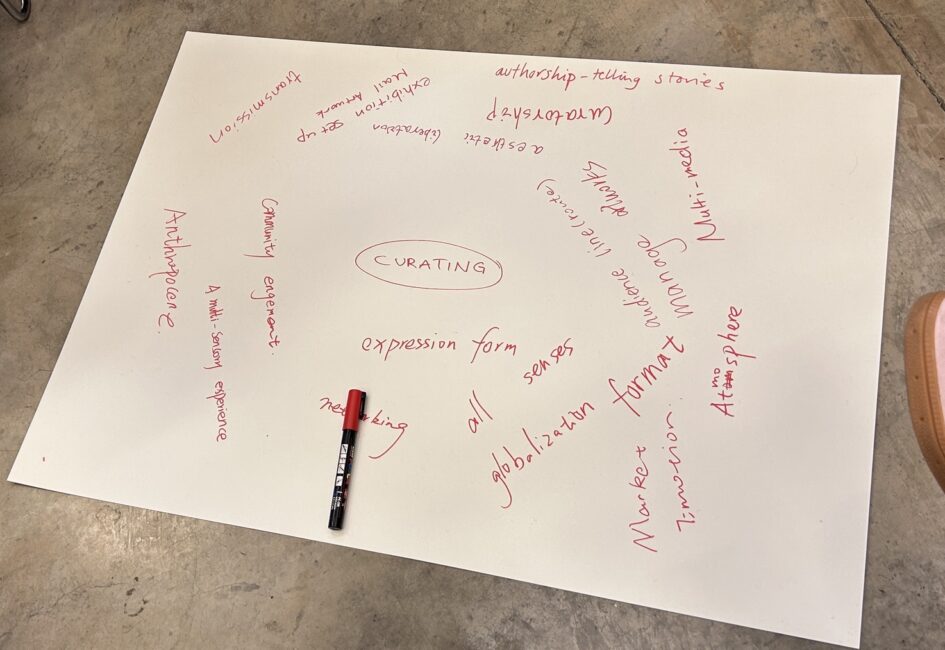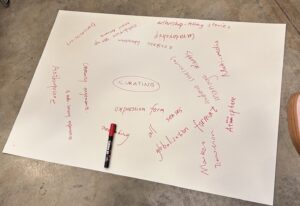The first week of the game exhibition was a preliminary understanding. To be honest, although I have seen some exhibitions before, I do not know much about exhibition curation. The two articles before class and the lectures in class have given me some understanding of exhibition planning. I learned that there are many different forms of exhibitions, with different themes and scales. In addition, I have learned about the diversification of curating as a profession, and the focus of curating has shifted from simply presenting art to creating audience experiences and driving the social impact of art.
At the same time, I learned in lectures about the broken concept of globalization, the form of inequality that the capitalist crisis has produced and exacerbated ecological and social injustice. In response to this phenomenon, artists explore how capitalism changes the relationship between man and nature, which leads to more anthropological thinking, such as ecological crisis, border war, feminism, etc., and use exhibitions, street graffiti, performance art and other forms to reflect the reflection on reality.
In the Wednesday afternoon, we had a series of discussions with our tutor on the topic of curating exhibitions. Each person spoke about their favorite type of exhibition and offered their own interpretation of the concept of curation. Some people think that the core of curating is the curator, while others think that curating needs to rely on the cooperation of the whole team. In my opinion, an exhibition is essentially an expression of the thoughts of artists and curators, who can use many different forms of expression to convey important content to the audience. We all agree that curation is a global concept, which can reflect reality through art and promote good art to all parts of the world to realize art sharing.
- curating week 1
(curating week 1)




Leave a Reply